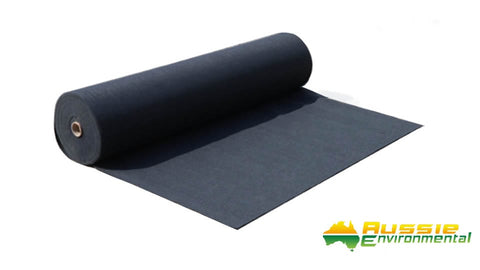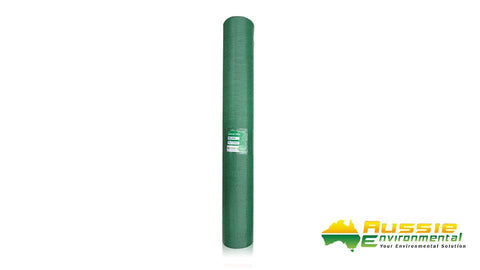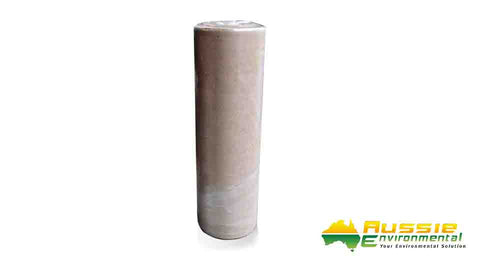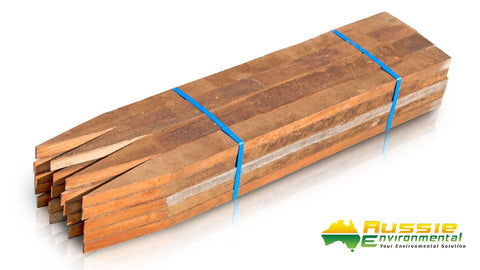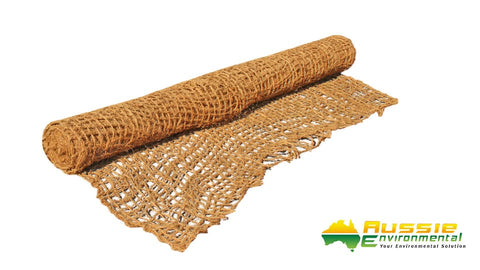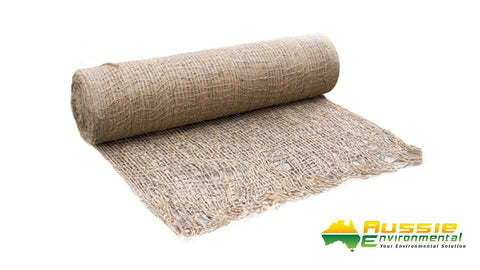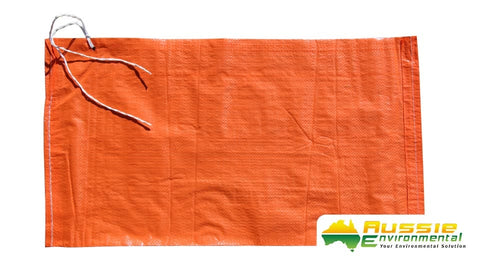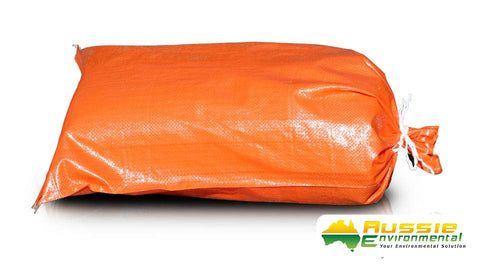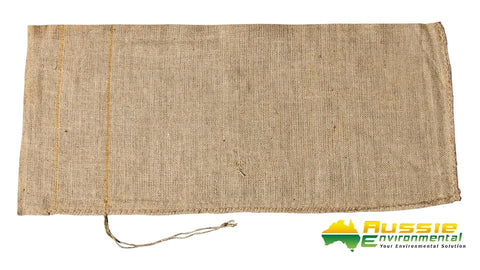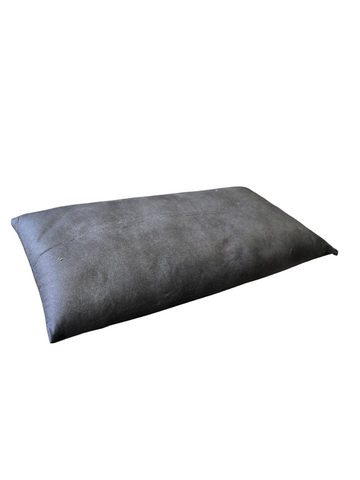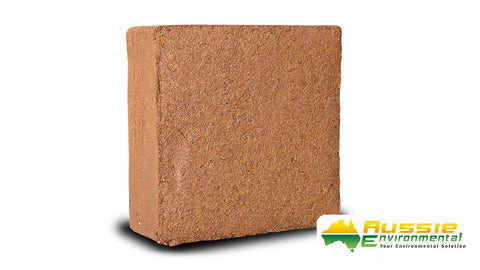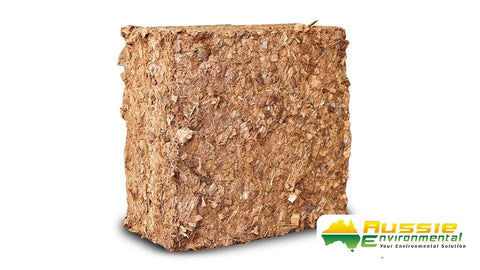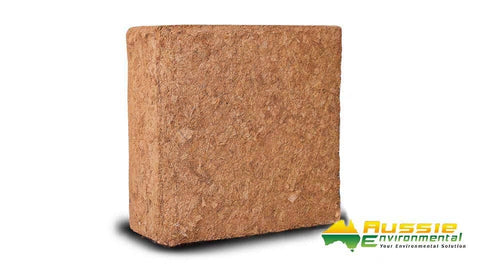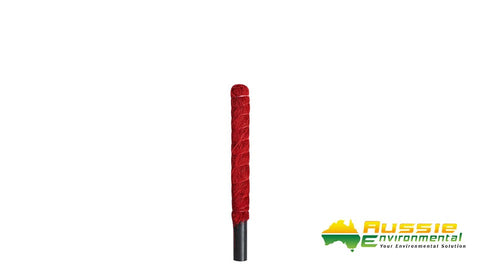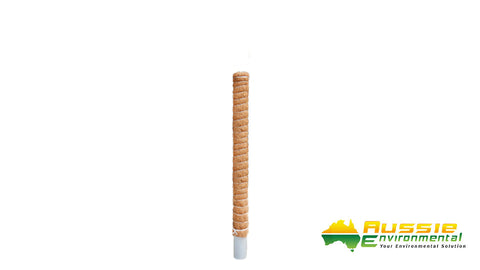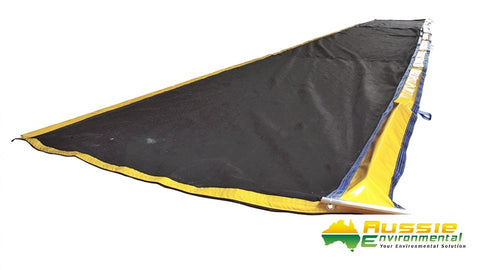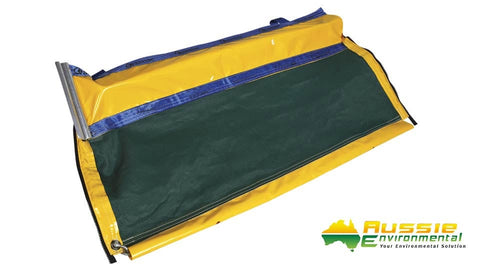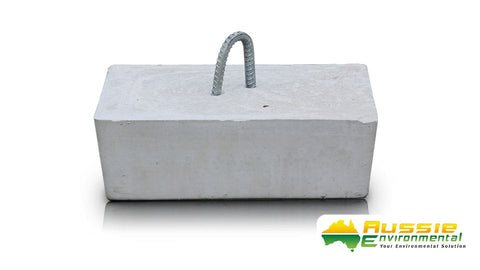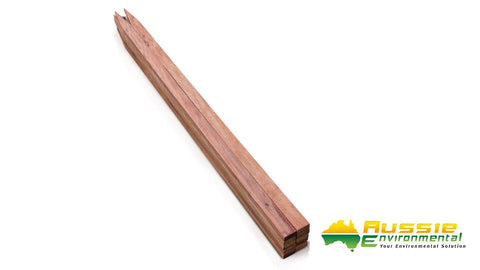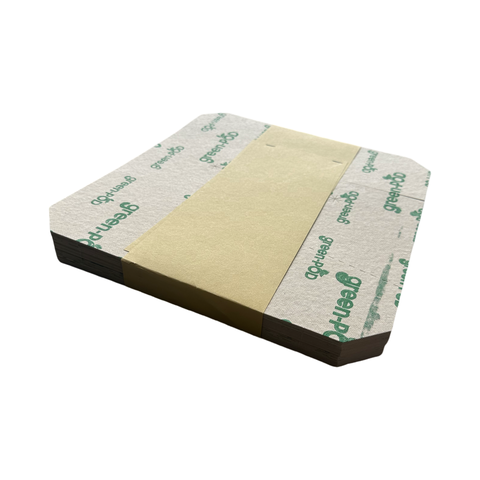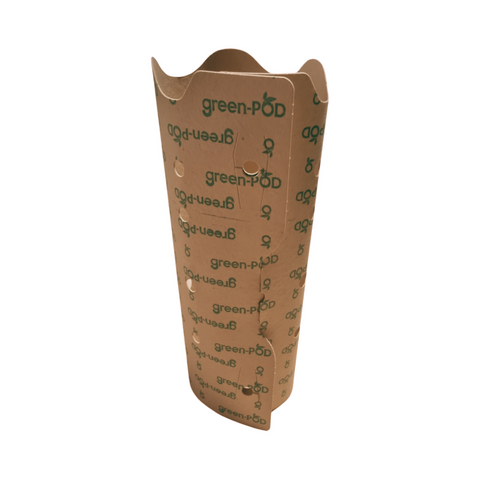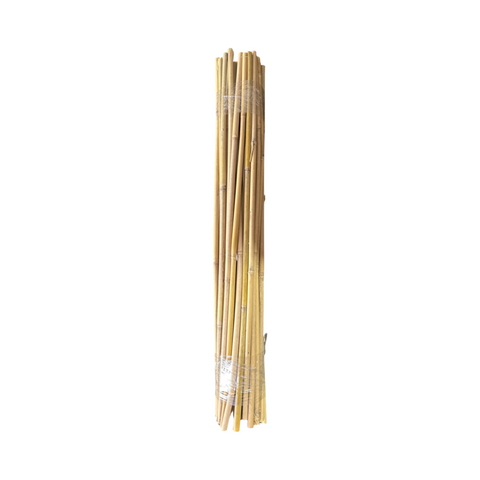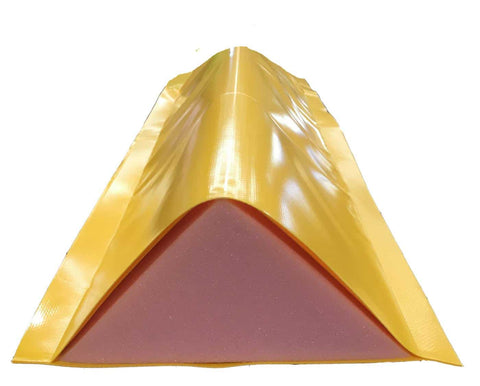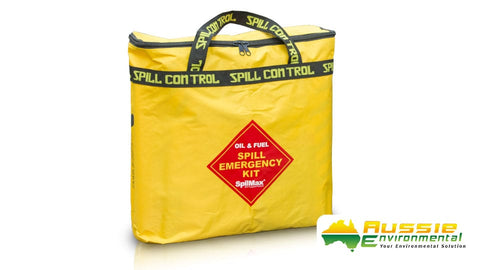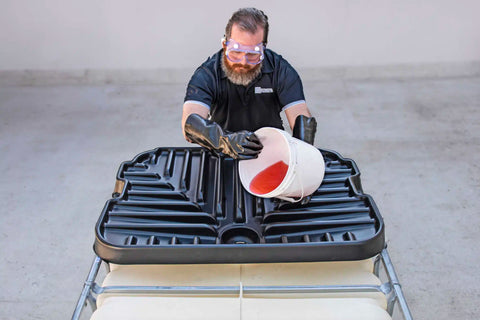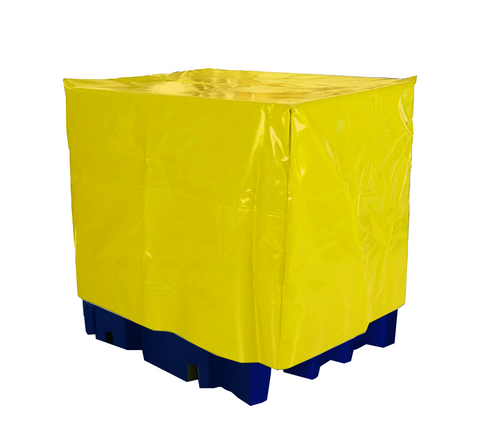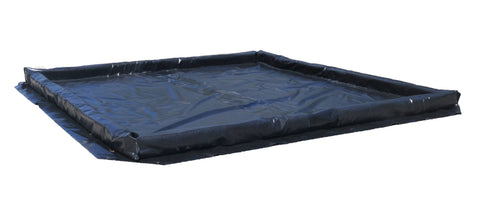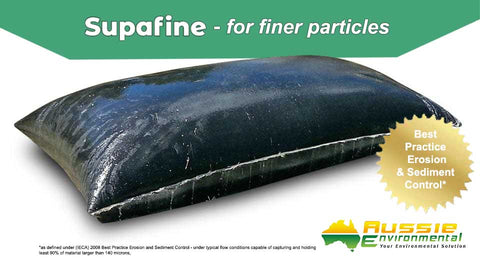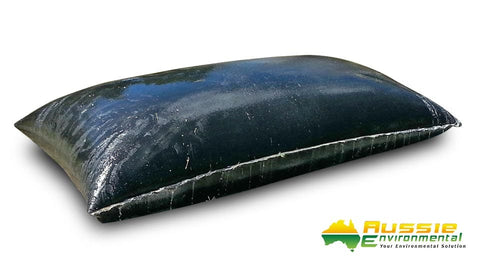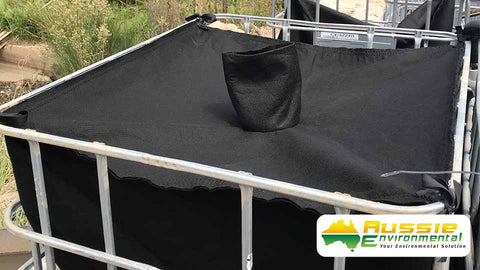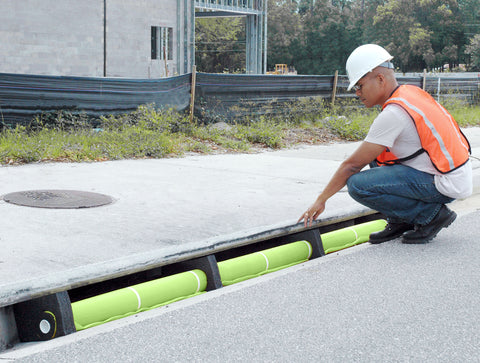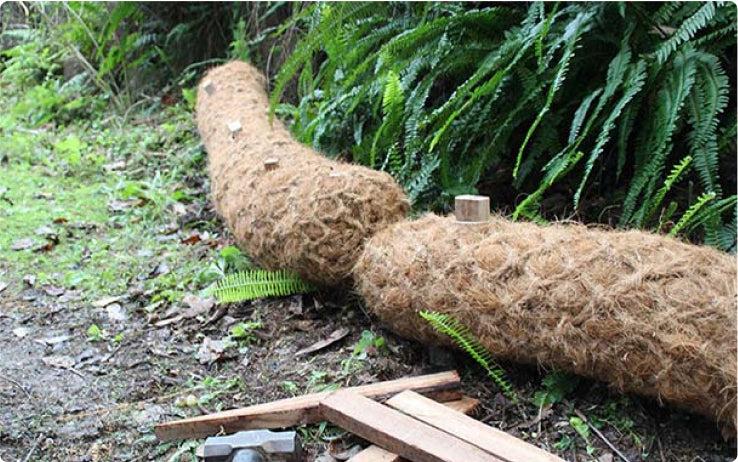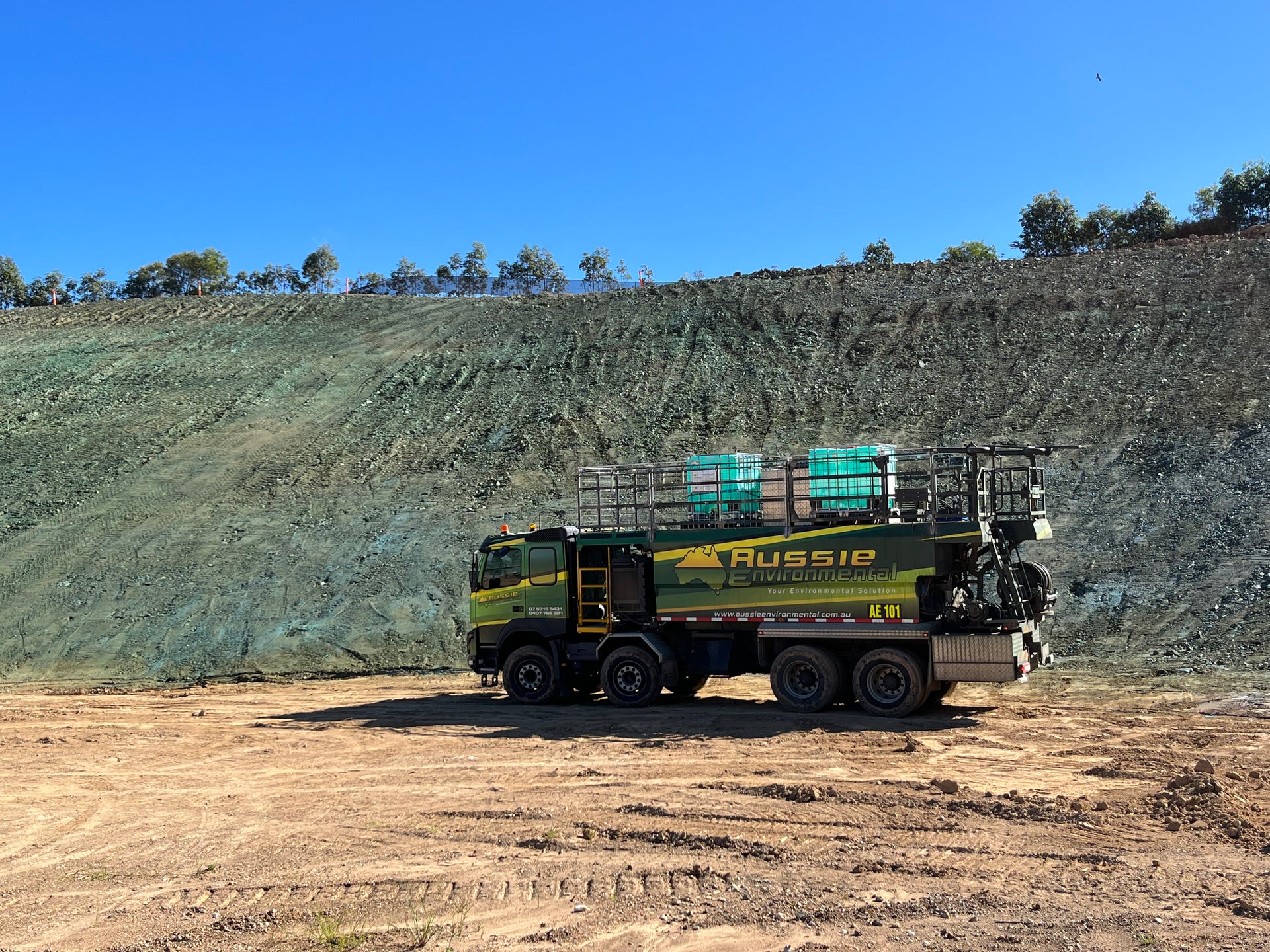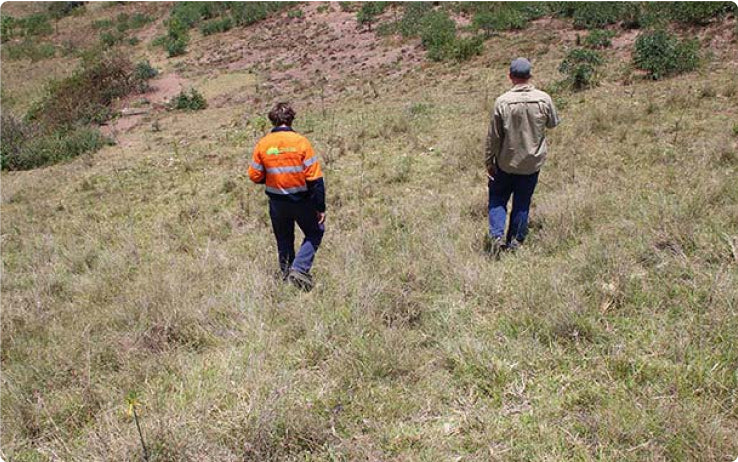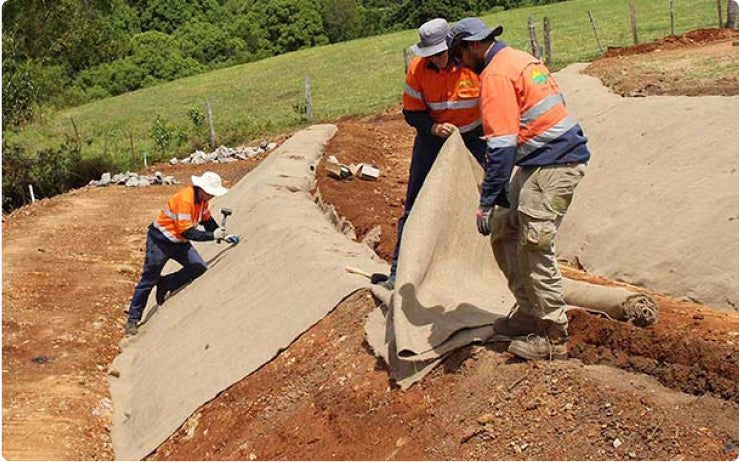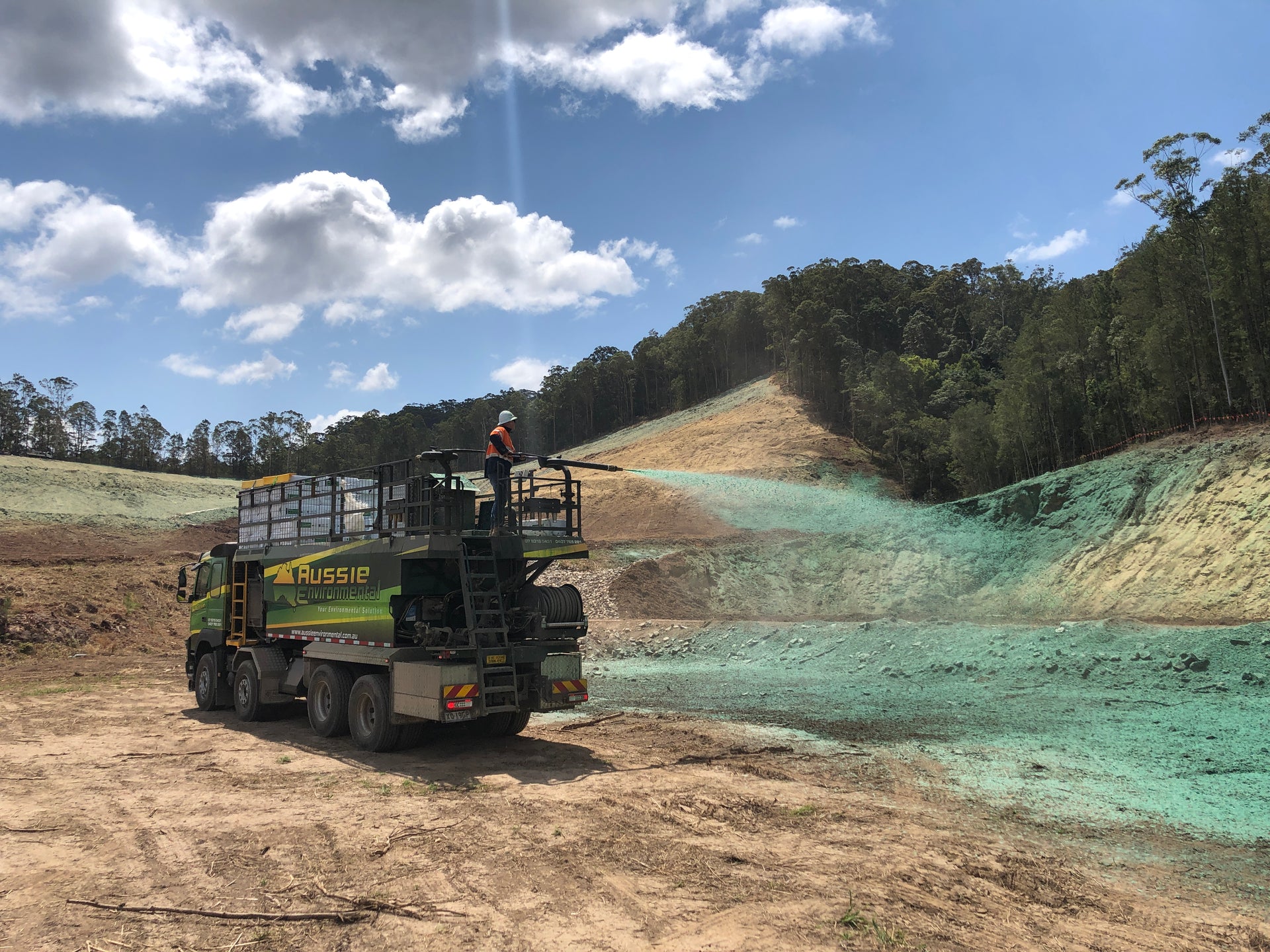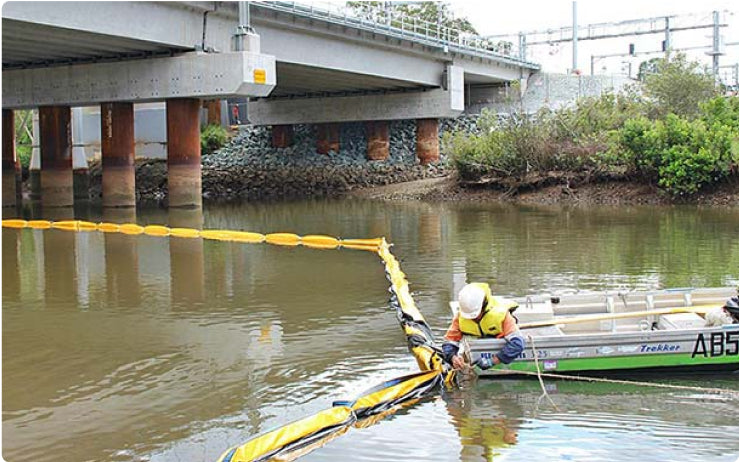
Frequently Asked Questions
- Are you open to the public?
Yes, we are open to the public and businesses.
- Can I pick up goods from your warehouse?
Yes, you are most welcome to pick up goods directly from our warehouse which is located at Shed 7B 1505 Nambour North Connection Road, Yandina.
- Are you open on the weekend?
We are open Monday to Friday 7am - 4pm
- Do you have stores or re-sellers in other parts of Australia?
No, we freight all of our products from our warehouse on the Sunshine Coast, Queensland.
- Do you offer trade pricing on your products?
We don’t offer trade pricing however we do have bulk pricing available on certain products if a minimum quantity is ordered in one transaction.
Product Frequently Asked Questions
- What is Coir?
Coir (pronounced COY-er) is the fibre from the outer husk of the coconut. It is a renewable resource and 100% biodegradable.
- What is Jute?
Jute is a plant based material that is 100% biodegradable. It is produced from a flowering plant which is a long, soft, shiny bast fibre.
- What are Coir Logs used for?
Coir logs can be used for erosion control to slow or redirect water flow and reduce sediment movement. They can also be used for decorative purposes in bordering garden beds.
- I am looking for a product to prevent weeds, should I use a Mesh or Mat?
A mat may be more beneficial in weed suppression. If you’re looking for environmentally friendly biodegradable products, jute mat or coir blanket are a superior option. If you are happy to use plastic based products we recommend a black weed mat which is UV stabilised. Geofabric is another synthetic option but is best placed under mulch as it is not UV stabilised.
- What grade of Geofabric do you stock?
We stock Class A 150gsm Geofabric which is ideal for use in drainage lines, retaining walls, filtration, separation, protection and more. We also stock a stronger Class C 250gsm Goefabric. This product is roughly the equivalent to an A29 grade.
- What is the difference between a Coir Mesh Roll and Coir Mesh Brick?
Both the Coir Mesh ‘Brick’ & Coir Mesh ‘Roll’ are the same product & dimension when laid out. The difference is how they are packaged, where the Coir Mesh is compressed into a concertina fold to form a brick. Coir Mesh bricks are slightly cheaper because they are less bulky and more can be imported at one time. However, Coir Mesh Rolls are easier to install as they can just be quickly rolled out to cover the area in need.
- How do I cut the Coir Mesh, Blanket and Mat products?
You can cut these products with sharp, heavy duty scissors (available for sale in-store or on our website), but the easiest and quickest way is with an angle grinder with a thin metal cutting blade.
- How long do Coir Erosion products last?
Coir Mesh has a lifespan of up to 3 years depending on climate conditions.
- How long does Jute Mat last?
Jute Mat has a life expectancy of 10-18 months depending on climatic conditions.
- How many Timber Stakes do I need for each Tree Guard?
Each tree guard needs only 1 stake. We recommend our 750mm length stakes be used in conjunction with our 450mm Tree Guards and 900mm length stakes to be used in conjunction with our 600mm Tree Guards.
- Are Green Corflute Tree Guards recyclable?
Yes, the tree guards are recyclable.
Silt Fence Installation Frequently Asked Questions
- What is the minimum meterage required for Aussie Environmental to service a local Sunshine Coast job?
20 lineal metres is the minimum size for a job in the Sunshine Coast region. Please contact us on 07 5315 5431 or email info@aussieenvironmental.com.au if you live outside this area so we can determine if we are able to service your requirements.
- How deep do I need to trench the silt fence into the ground?
Your trench needs to be dug to approximately 200mm deep prior to silt fence installation.
Hydromulching Frequently Asked Questions
- What is the minimum square meterage required for Aussie Environmental to service a local Sunshine Coast job?
1,000m2 is the minimum size for a job in the local Sunshine Coast region. Please contact us on 07 5315 5431 or email info@aussieenvironmental.com.au if you live outside this area so we can determine if we are able to service your requirements.
- What is the price per m2 for Hydromulching?
Cost of hydromulching is dependent on many factors including type of seed, mulch application, area to be sprayed, access, location etc. Please contact us on 07 5315 5431 or email info@aussieenvironmental.com.au if you live outside this area so we can determine if we are able to service your requirements.
- Can the Hydromulch Truck access the rear of my property?
Our Hydromulch Truck is equipped with long hoses to reach inaccessible areas in which the truck cannot get to and use the cannon spray.
Erosion Control Blanket Installation Frequently Asked Questions
- How do I install Erosion Control Meshes, Blankets and Mats?
You will find detailed installation information on the product pages.
- Does Aussie Environmental offer an installation service for Erosion Control Blankets and Mesh?
Yes we do, depending on where you are located. Please contact us on 07 5315 5431 or email info@aussieenvironmental.com.au if you live outside this area so we can determine if we are able to service your requirements.
- How much should I allow for overlap when joining products?
You should allow 100mm for overlapping and extra Retaining Pins to hold the join.
- What size Retaining Pins will I need to install the Erosion Control Blankets or Meshes?
Our Retaining Pins come in 4 sizes - 100mm, 150mm, 200mm and 300mm. The size of the pins required will depend on the hardness of the ground you are working in. If the ground is very soft you will need longer pins while for harder ground you will require shorter pins.
- How many Retaining pins will I need to install Erosion Control Blankets or Meshes?
The amount of Pins required will depend on how steep the area is. For flat areas we recommend 1-2 Pins per m2 and for steeper areas we advise using an average of 3-4 Pins per m2.
Silt Curtains
- What is the difference between Class 1 and Class 2 Silt Curtain?
Class 1 Curtain is best used for non-tidal waters such as ponds, dams etc. Class 2 Curtain is best used in tidal waters which are affected by currents, wind etc.





